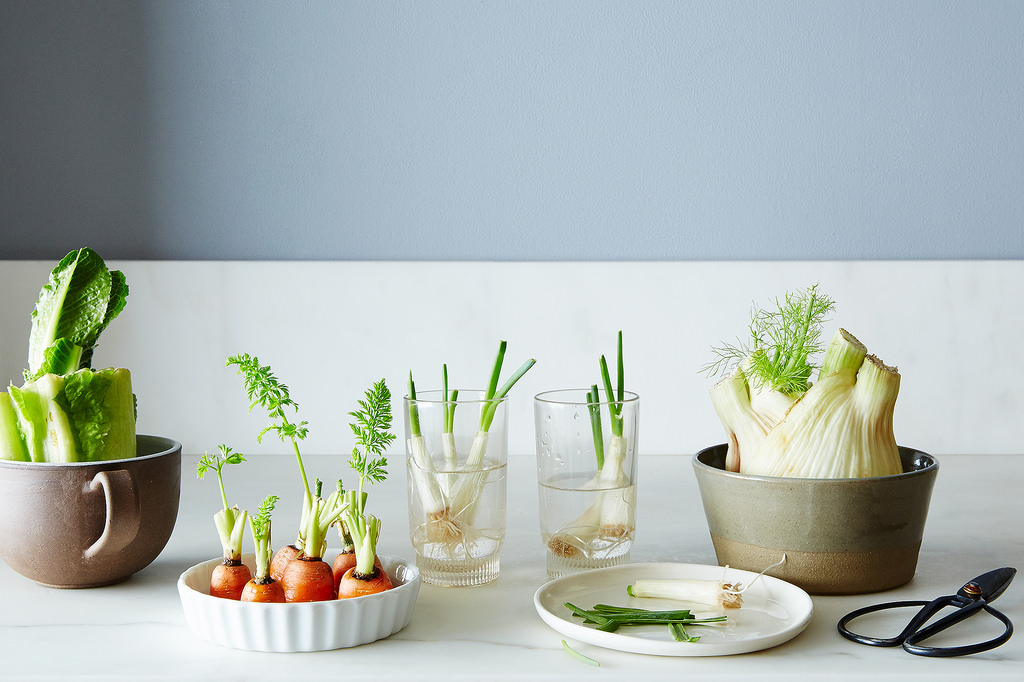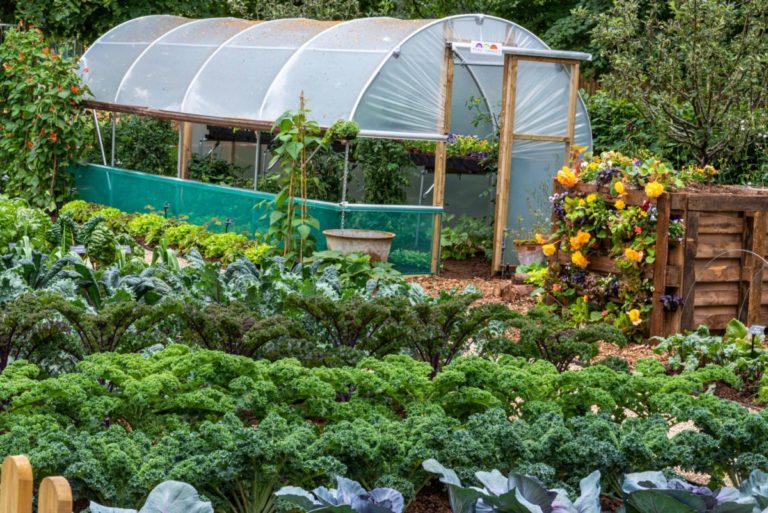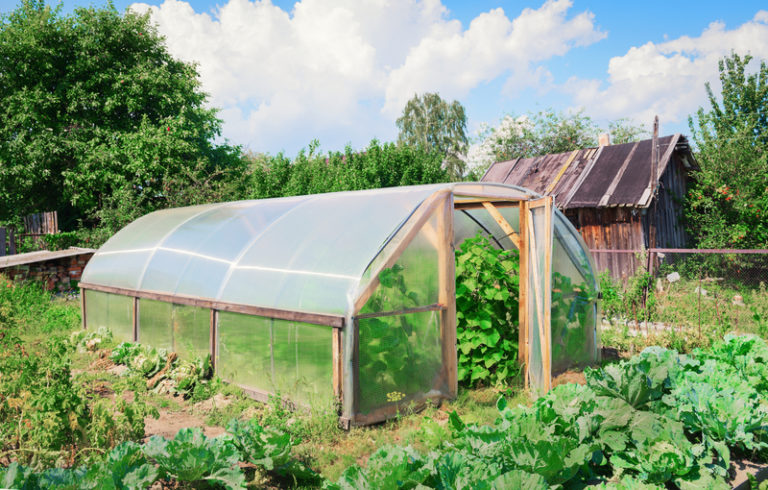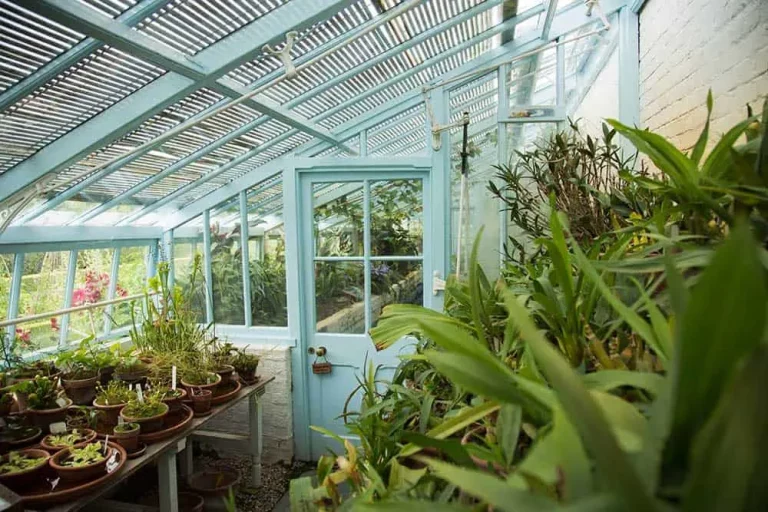As you savor the freshness and flavors of your home-grown off-grid vegetables, have you ever wondered how to elevate their taste without relying on harmful chemicals?
Look no further!
This article will provide you with simple yet effective methods to amplify the natural deliciousness of your homegrown produce, ensuring a healthier and more sustainable food experience.
From enhancing soil nutrition to implementing easy-to-follow cooking techniques, we’ll dive into the world of flavorful, chemical-free vegetables that will leave you wanting more.
So, let’s get started!
Compost and Mulch
Use compost and mulch to improve the soil health and fertility. This will help your vegetables develop more complex and robust flavors.
Compost, made from decomposed organic matter, is rich in nutrients and beneficial microorganisms that help break down soil minerals and make them more available to your plants.
It also increases the soil’s water-holding capacity, reducing the need for frequent watering.
Mulch, made from a layer of organic materials such as straw, wood chips, or leaves, helps retain moisture, suppress weeds, and regulate soil temperature.
By incorporating compost and mulch into your garden, you create an ideal environment for your vegetables to thrive, promoting healthy root development, robust growth, and enhancing the flavors of your harvest.
Crop Rotation
Rotate your crops to avoid depleting the soil of specific nutrients. This will help maintain a balanced soil composition and result in more flavorful vegetables.
Crop rotation is a simple yet powerful technique that can greatly improve the health and productivity of your garden.
By alternating the types of crops you grow in different areas of your garden, you can avoid depleting the soil of specific nutrients, which can lead to more balanced soil composition.
For example, if you grow a legume crop like beans or peas one year, you can follow it with a crop like corn or squash the next year, which will use up the excess nitrogen in the soil and add organic matter as it decomposes.
This rotation also helps to break the life cycle of pests and diseases, reducing the need for chemical pesticides and improving the overall biodiversity of your garden.
The end result is more flavorful and nutritious vegetables, grown in soil that is healthier and more resilient to stress.
By incorporating crop rotation into your gardening routine, you’ll be well on your way to a more sustainable and productive garden.
Use Cover Crops
Plant cover crops like legumes or clover between crop cycles to add nitrogen and other nutrients to the soil. This will improve soil health and lead to more flavorful vegetables.
Using cover crops is a simple yet effective way to improve soil health and subsequently boost the flavor of your vegetables.
Planting legumes or clover between crop cycles can provide a host of benefits, including the addition of nitrogen and other nutrients to the soil.
These cover crops, which include beans, peas, and lentils, have nodules on their roots that contain bacteria that convert atmospheric nitrogen into a form that can be absorbed by the plants.
This process enriches the soil with a natural source of nitrogen, which is essential for plant growth and development.
Cover crops can help to improve soil structure, increase soil organic matter, and reduce soil compaction, all of which can lead to more flavorful and nutritious vegetables.
By incorporating cover crops into your crop rotation, you can create a more sustainable and productive garden, and enjoy the benefits of healthier and tastier vegetables.
Add Natural Fertilizers
Use natural fertilizers like manure tea, fish emulsion, or seaweed extract to boost the nutrient content of your soil. This will result in more flavorful vegetables.
Adding natural fertilizers like manure tea, fish emulsion, or seaweed extract to your soil can make a significant difference in the flavor and quality of your vegetables.
These natural fertilizers are rich in nutrients that promote healthy plant growth and development, resulting in more flavorful and nutritious produce.
For example, manure tea is a brew made from composted manure that is high in nitrogen and other essential nutrients, which can help to increase the yield and flavor of your vegetables.
Fish emulsion, on the other hand, is a liquid fertilizer made from the remains of fish, and is particularly rich in phosphorus and potassium, which are essential for root development and overall plant health.
Seaweed extract, which is made from dried and crushed seaweed, is also a nutrient-rich fertilizer that can help to improve the soil structure and increase the availability of nutrients to your plants.
By adding these natural fertilizers to your soil, you can give your vegetables the nutrients they need to thrive, resulting in more flavorful and nutritious harvests.
Intercrop with Herbs
Intercrop your vegetables with herbs like basil, rosemary, or thyme to improve their flavor. Herbs have natural pest-repelling properties and can also improve soil health.
Intercropping your vegetables with herbs like basil, rosemary, or thyme not only enhances their flavor, but also provides numerous other benefits.
These herbs possess natural pest-repelling properties, which can help deter harmful insects and prevent the need for chemical pesticides.
Herbs like basil and rosemary have been shown to improve soil health by increasing the presence of beneficial soil microorganisms.
This can lead to healthier, more resilient plants that are better able to withstand pests and diseases.
By planting herbs alongside your vegetables, you can not only enhance their flavor, but also create a more balanced and sustainable garden ecosystem.
Plus, intercropping herbs and vegetables can also save space and reduce the need for extra fertilizers and soil amendments.
So go ahead and give intercropping a try – your taste buds and your garden will thank you!
Avoid Overwatering
Avoid overwatering your vegetables as this can lead to a loss of flavor. Instead, use drip irrigation or soaker hoses to deliver water directly to the roots.
Avoid Overwatering for Maximum Flavor
Overwatering your vegetables can lead to a loss of flavor and potential root rot.
When water is applied too liberally, it can dilute the natural sugars and flavor compounds that give your veggies their signature taste.
Instead of watering your vegetables with a sprinkler or spray nozzle, consider using drip irrigation or soaker hoses to deliver water directly to the roots.
This targeted approach ensures that the water is absorbed only by the soil and not by the leaves, reducing the risk of overwatering and preserving the flavor of your crops.
Drip irrigation and soaker hoses are both effective methods for supplying your vegetables with the exact amount of water they need, without any excess runoff.
By avoiding overwatering and using these specialized irrigation methods, you’ll be able to enjoy the full, rich flavor of your homegrown vegetables all season long.
Use Rainwater
Collect and use rainwater to irrigate your vegetables. Rainwater is naturally free of chemicals and will not only boost the flavor of your vegetables but also help preserve the soil’s natural ecosystem.
Using rainwater to irrigate your vegetables is not only a practical solution to conserve water, but it also has numerous benefits for the soil and the overall health of your garden.
Rainwater is naturally free of chemicals, which means that it won’t contain any harmful substances that can damage your plants or soil.
In fact, rainwater is rich in oxygen and nutrients, which can help boost the flavor and nutritional value of your vegetables.
Moreover, using rainwater to irrigate your vegetables can help preserve the natural ecosystem of the soil, as it doesn’t disrupt the delicate balance of nutrients and minerals in the soil.
By collecting and using rainwater, you can create a healthier and more sustainable garden that produces delicious and nutritious vegetables.
Harvest at the Right Time
Harvest your vegetables at the right time to maximize their flavor. Different vegetables have different harvesting times, so make sure to research the specific harvesting time for each variety you are growing.
To ensure the optimal flavor and texture of your homegrown vegetables, it is important to harvest them at the right time.
Different vegetables have distinct harvesting periods, and delaying or rushing the harvest can result in a less flavorful or even inedible crop.
For example, leafy greens like lettuce and spinach should be picked shortly after they reach their full size, while root vegetables like carrots and beets are best harvested when they have reached their full size and color.
Tomatoes, on the other hand, should be picked when they are firm but still slightly underripe, as they will continue to ripen after harvesting.
Researching the specific harvesting time for each variety of vegetable you are growing is essential to achieve the best results.
Some vegetables, such as broccoli and cauliflower, have a shorter window of optimal harvesting time, while others, like kale and brussels sprouts, can be harvested over a longer period.
Understanding the unique needs of each variety will allow you to time your harvests perfectly and enjoy the freshest, tastiest vegetables possible.
By paying attention to the specific harvesting times for each vegetable, you can ensure a bountiful and flavorful harvest all season long.
Want More? Dive Deeper Here!
Hey there! If you’re the type who loves going down the rabbit hole of information (like we do), you’re in the right spot. We’ve pulled together some cool reads and resources that dive a bit deeper into the stuff we chat about on our site. Whether you’re just killing time or super into the topic, these picks might just be what you’re looking for. Happy reading!






